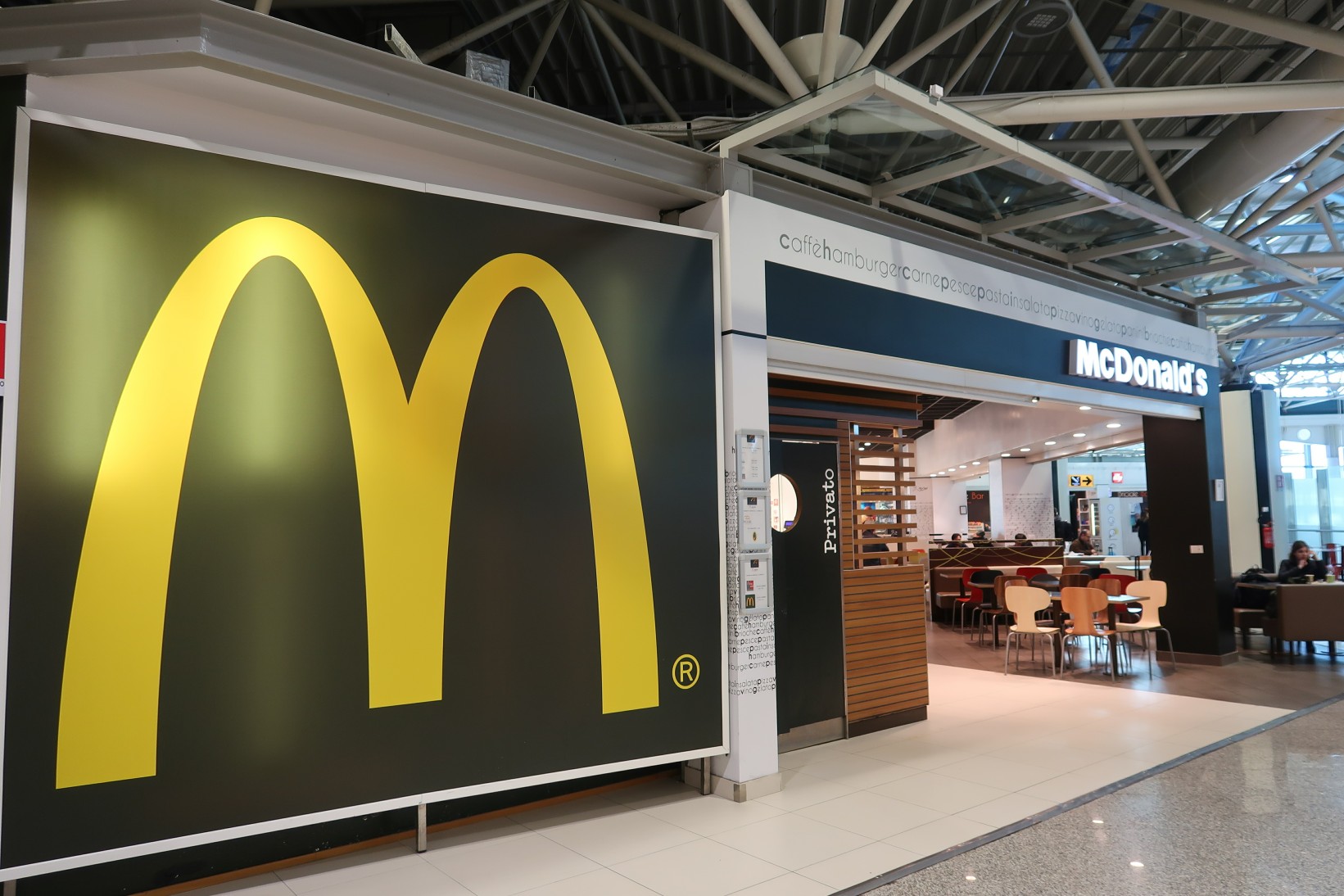Many WalMart stores may look a little different for dining. Hundreds of McDonald’s restaurants inside Walmart stores plan to close. About 150 McDonald’s will remain after these closures. The good news is the spaces won’t remain empty.
The McDonald’s closures should be finalized this summer. The company announced last summer it was starting to close the restaurants due to the coronavirus pandemic. WalMart doesn’t expect to let the empty spaces sit there forever.
WalMart officials say these spaces only stay empty a little bit. They fill them as they empty. They have been looking into other services and other restaurants to fill the space.
In the US, there were about 200 McDonald’s that were forced to closed in 2020. McDonald’s chief financial officer Kevin Ozan explained most of these locations were low-volume restaurants.
Domino’s, Charleys Philly Steaks, and Taco Bell are some businesses that have stepped up to the plate. Other businesses like barbershops have moved into the empty spaces. Executives explained this is an opportunity for the leased-space businesses to become more relevant and convenient to the community. Some stores are adding Hissho Sushi and Ghost Kitchens to their stores. Hissho Sushi is one of the largest sushi vendors in the country and Ghost Kitchens allows customers to order food from various restaurant brands. The food is all cooked in their local kitchen.
The McDonald’s-Walmart partnership began in the mid-1990s. There were about 1,000 restaurants in Walmart stores across the country. By 2012, there were more than 800 McDonalds in the Walmart stores. By 2020, this number went down to 500. There were even two rounds of closures for the restaurants last year.
It seemed that the professional relationship between McDonald’s and Walmart simply didn’t work anymore. Most McDonald’s restaurants have drive-thrus, but those inside Walmart didn’t have that luxury. The drive-thru is critical for most fast-food restaurants as 70% of orders come in this way in the top markets.
Walmart has also been cashing in on their curbside pickup and growing their e-commerce. This means there were fewer customers walking through the doors. They didn’t stop to buy fast food on these trips. The coronavirus pandemic didn’t help at all. Indoor dining was closed at most locations.
The reality is that most restaurants have suffered greatly during the pandemic. Restaurants without drive-throughs or curbside options have scoured to find ways to serve guests.
Fast-food places like Dunkin’ Donuts closed about 450 locations last year. Starbucks even announced closures of about 400 locations.
Many of Walmart’s competitors have in-store places to eat. There are many grocery stores that house Starbucks. Costco is popular for its dining, and they plan to reopen the entire experience soon.
The other problem is that retailers love to compete. Many retailers and gas stations are upgrading their beverage and food inside the stores. They’re upping their game to become a direct competitor.
Many restaurants located inside retailers have had lower profitability and lower average unit volumes. The same is true for restaurants located inside malls and office centers. The pandemic gave them a huge blow. Consumers were not shopping inside the malls anymore. This trend might not start again.
Retail-based locations seem to have a lot more competition and add restrictions. All of these things without a drive-thru hurts the locations. They’re slowly going out of style.
WalMart will fill its empty spaces, but the spaces can only hope to bring in more customers. More people are filling the stores, so this should mean more people will fill the restaurants. Only time will tell.






